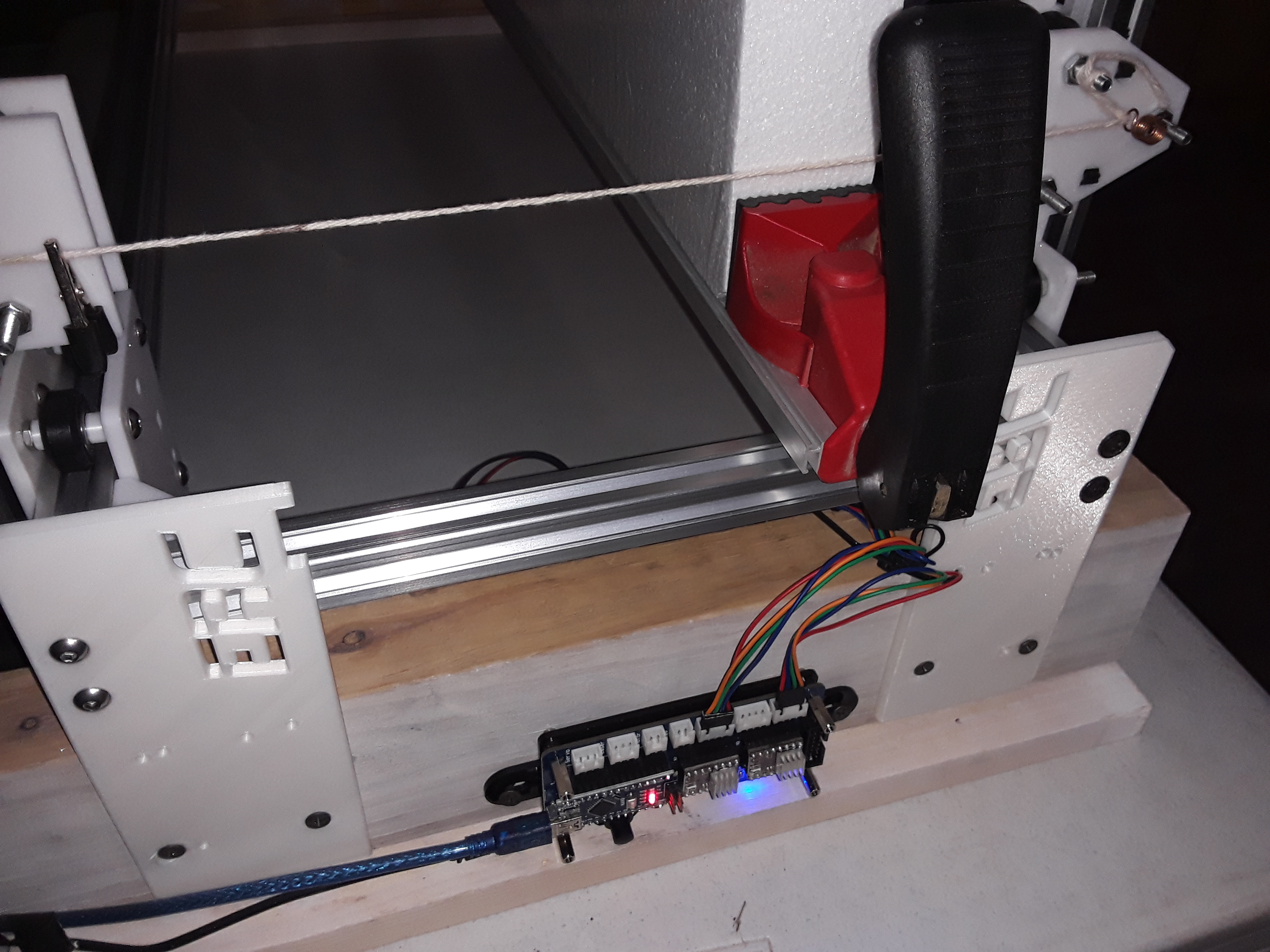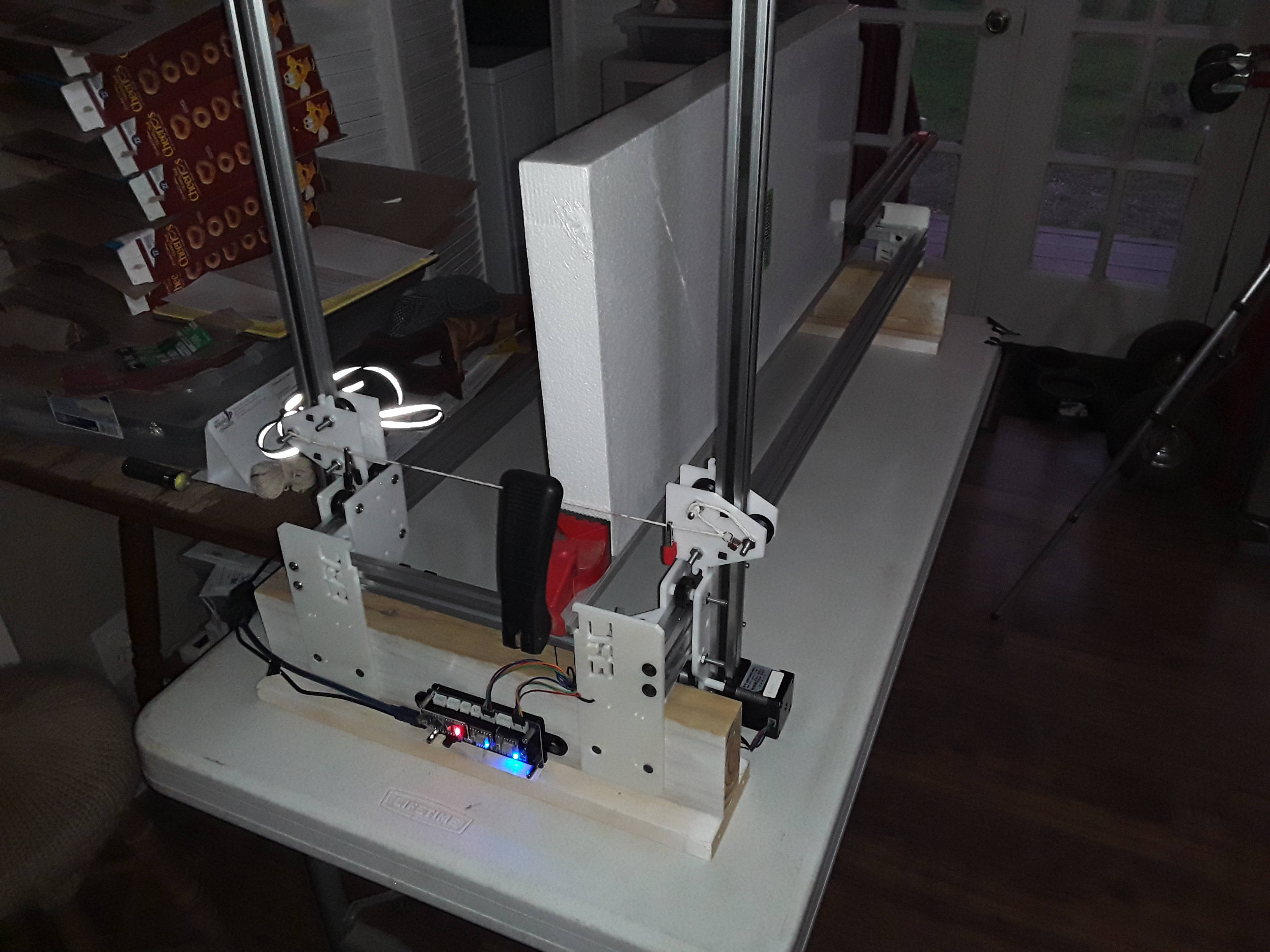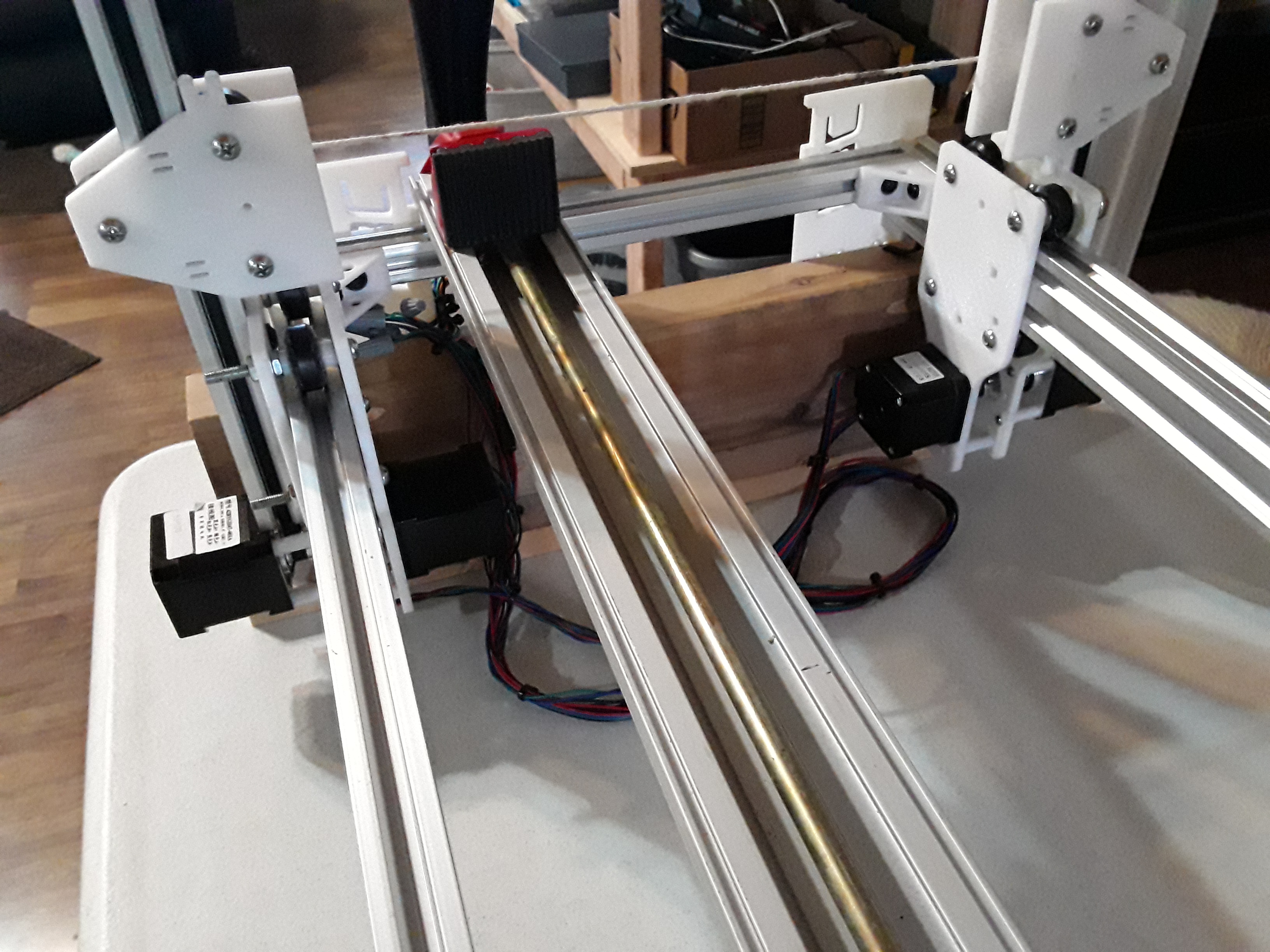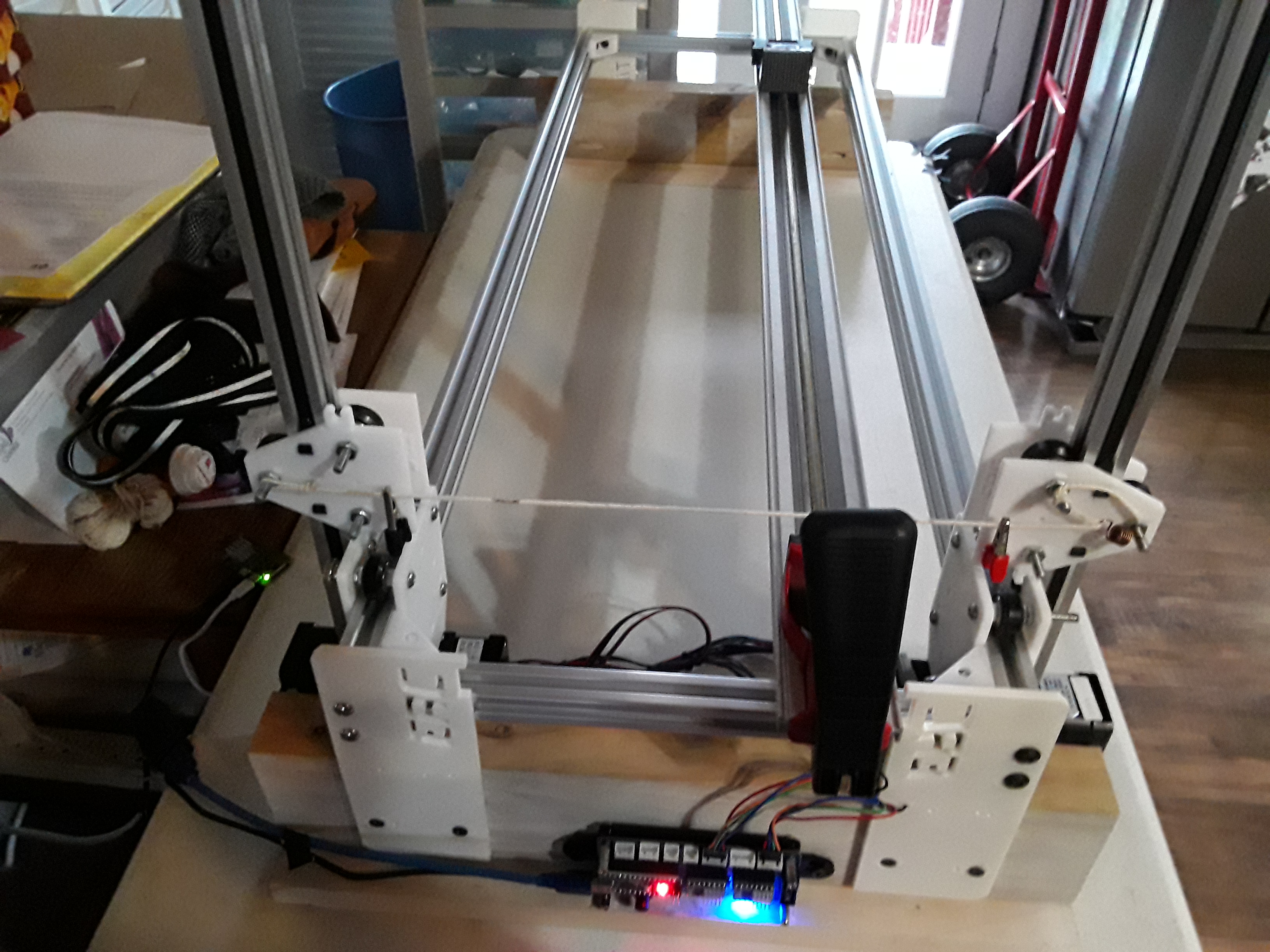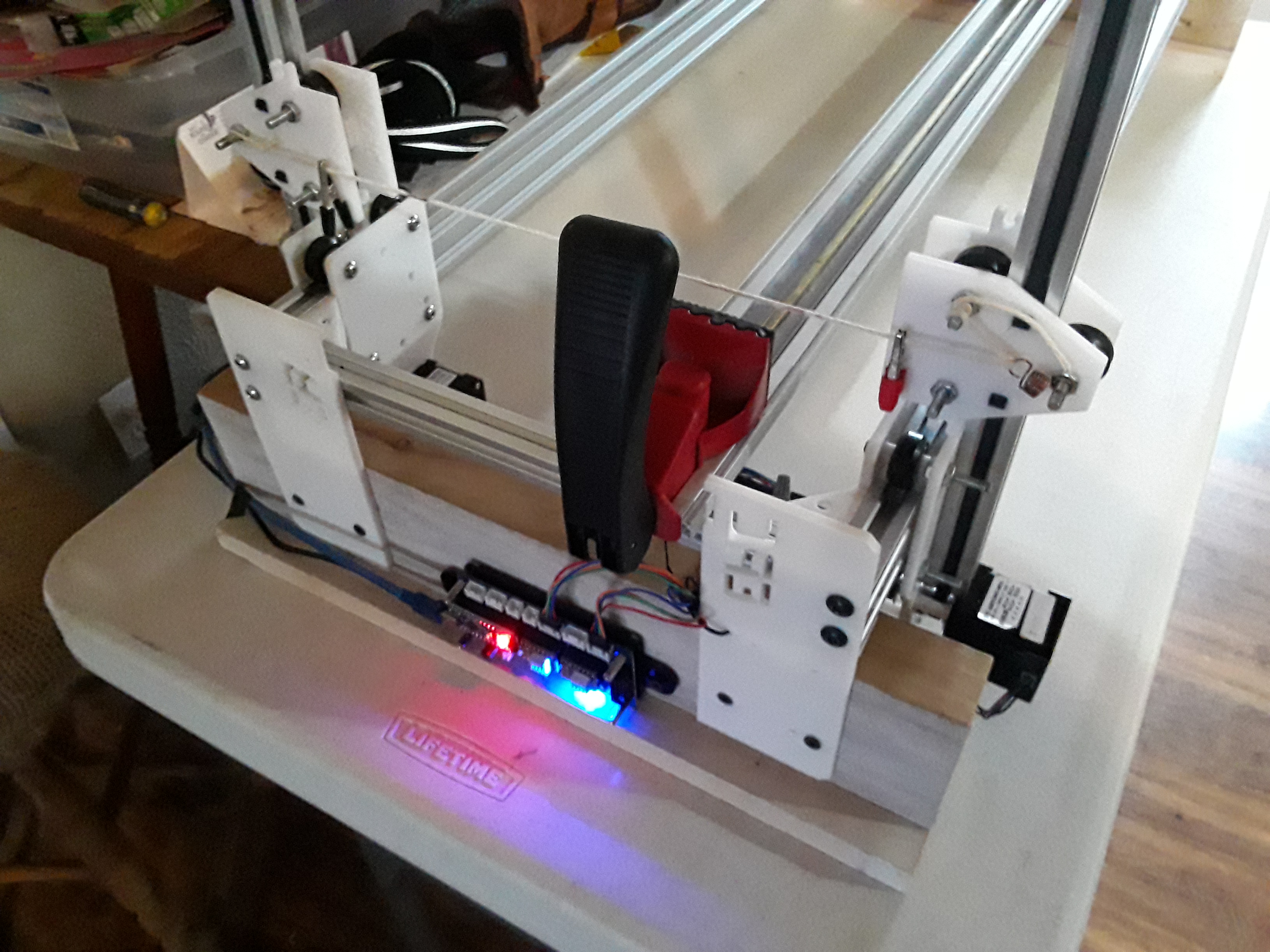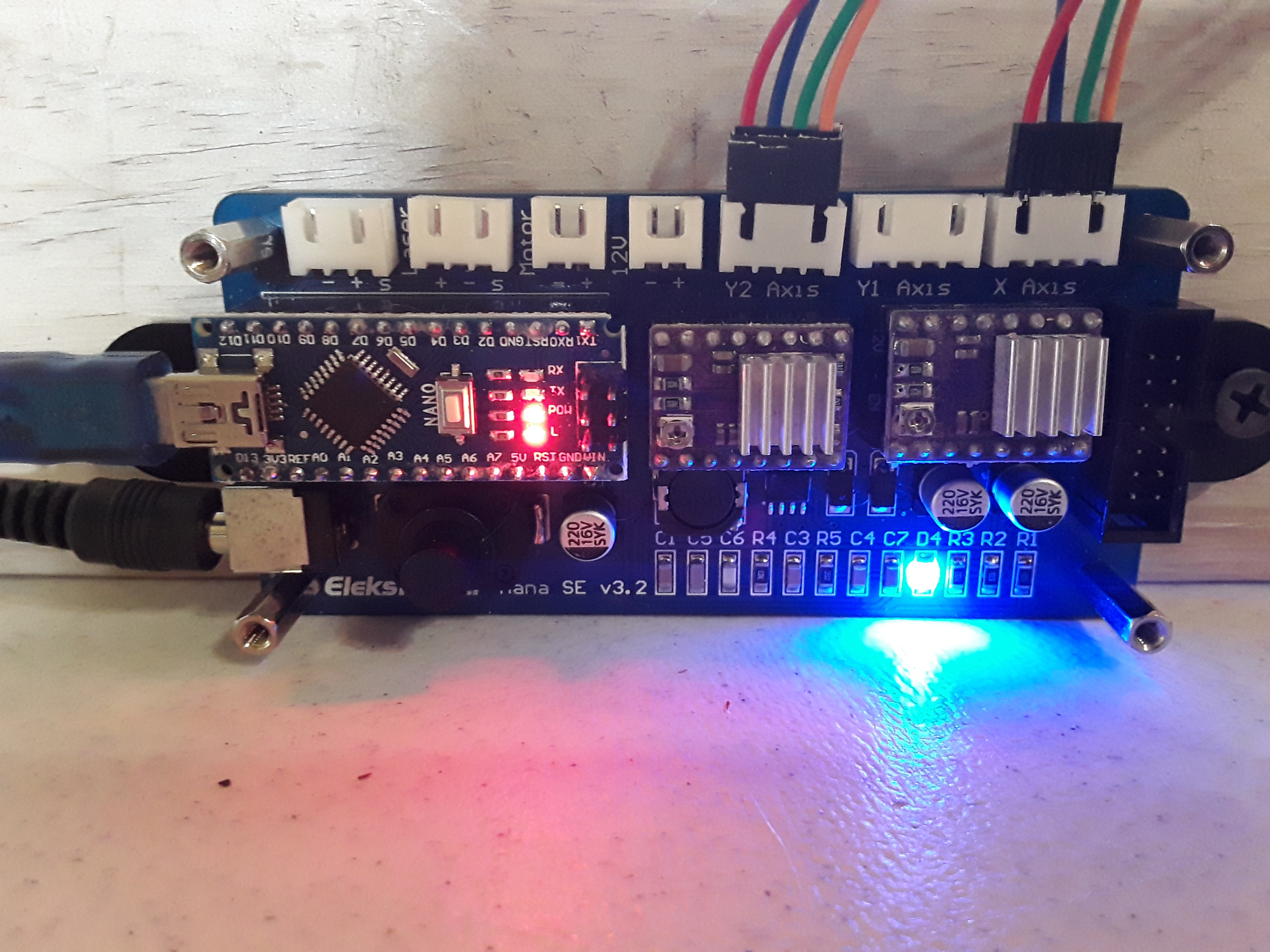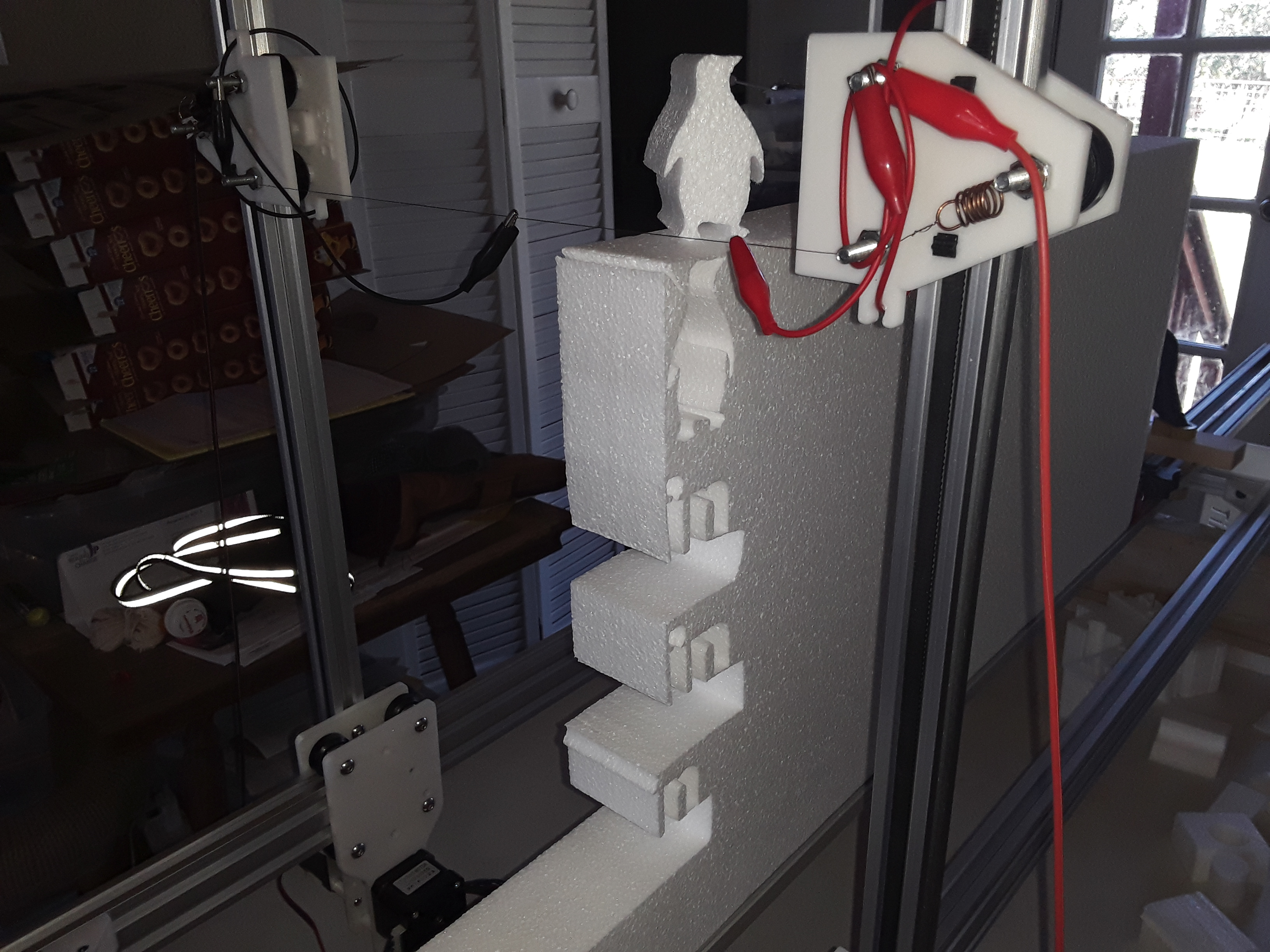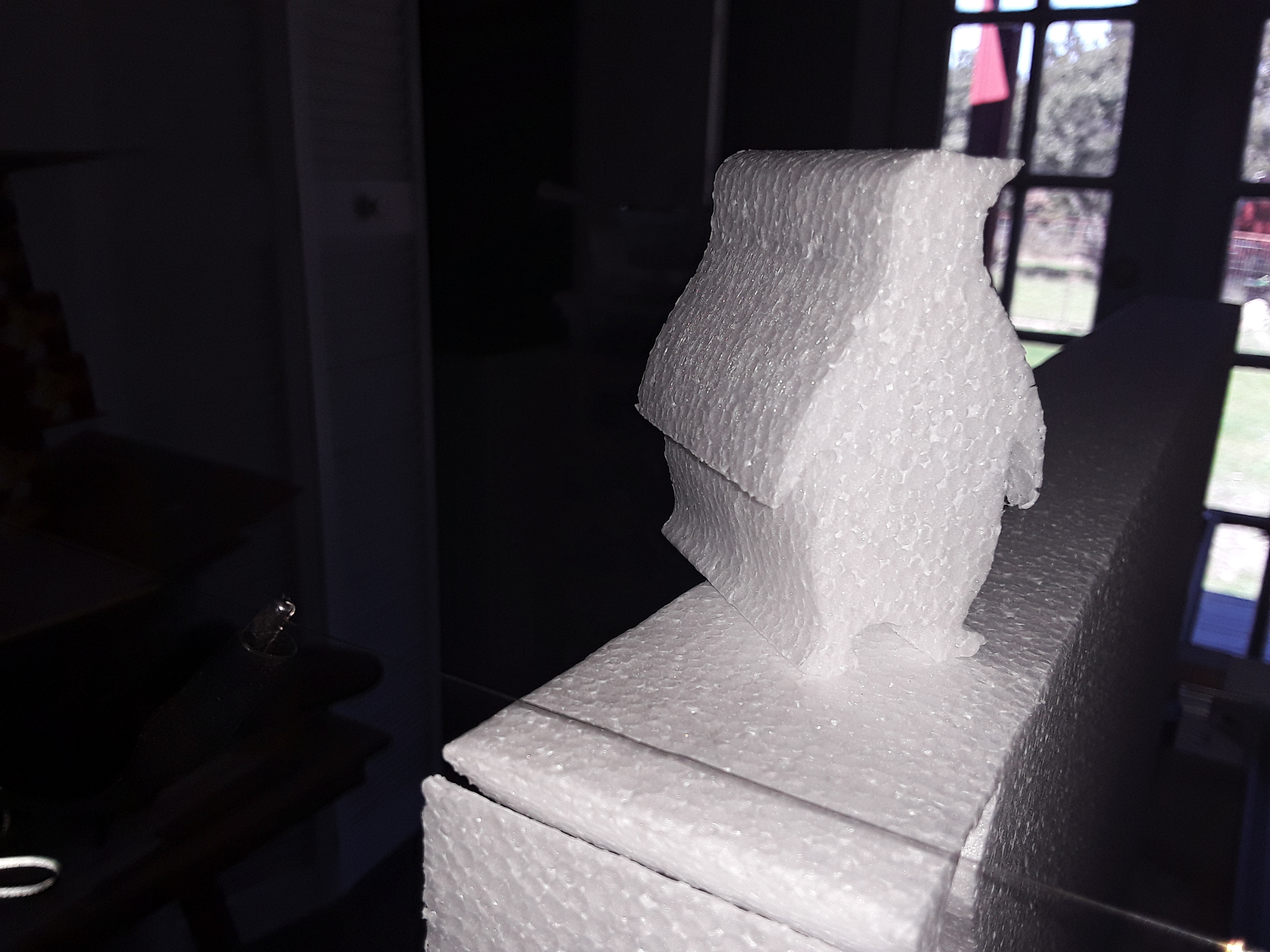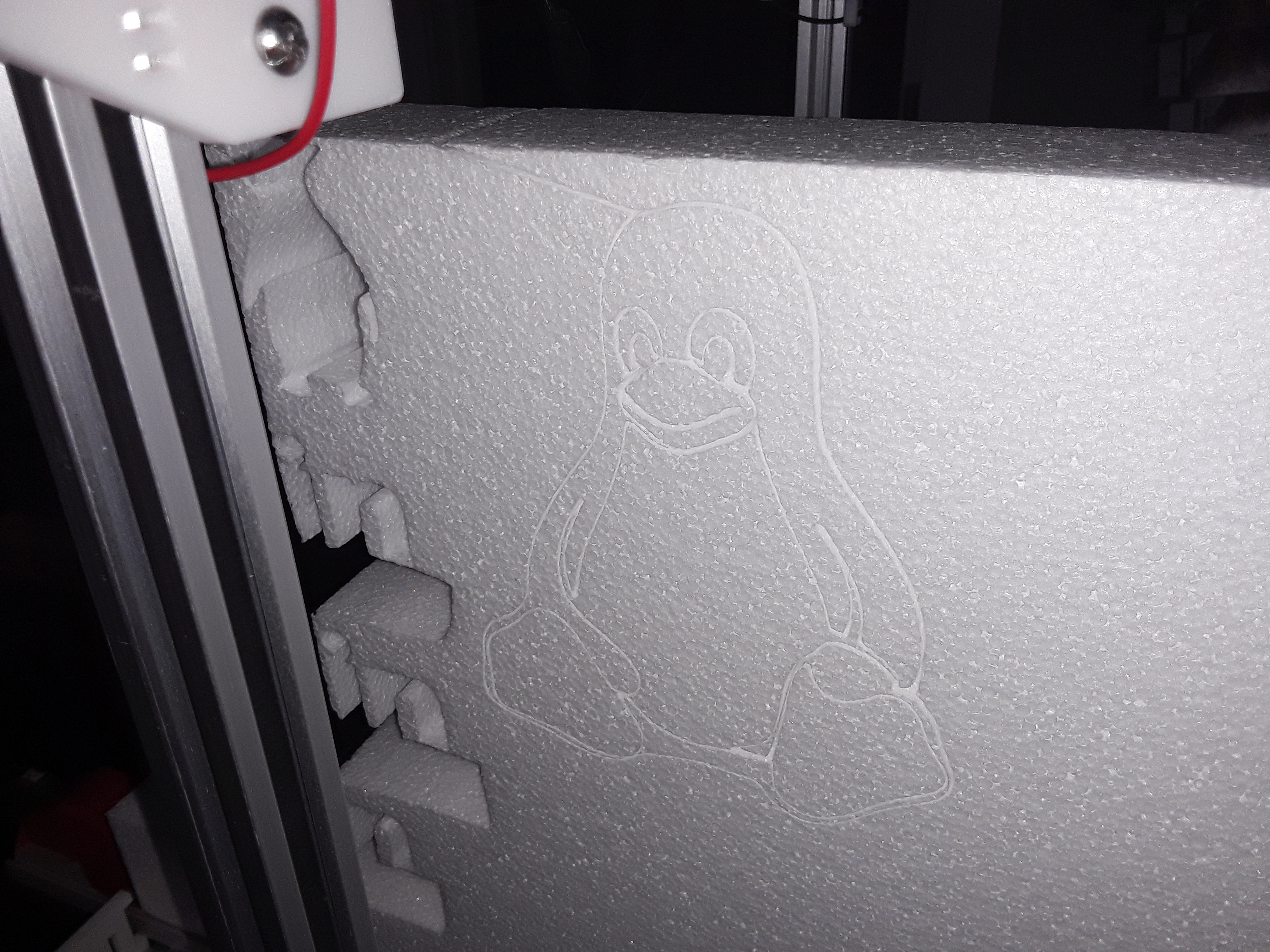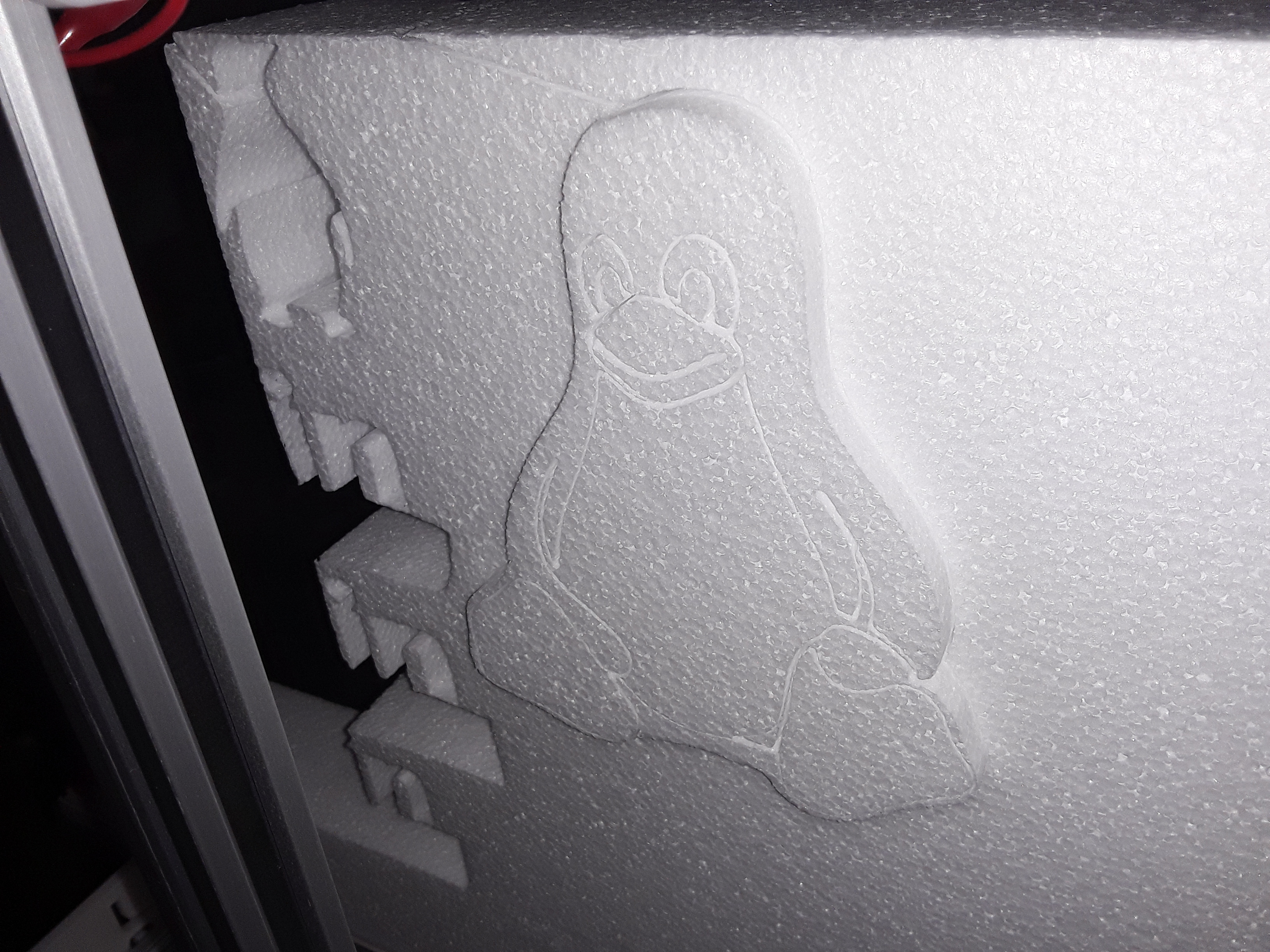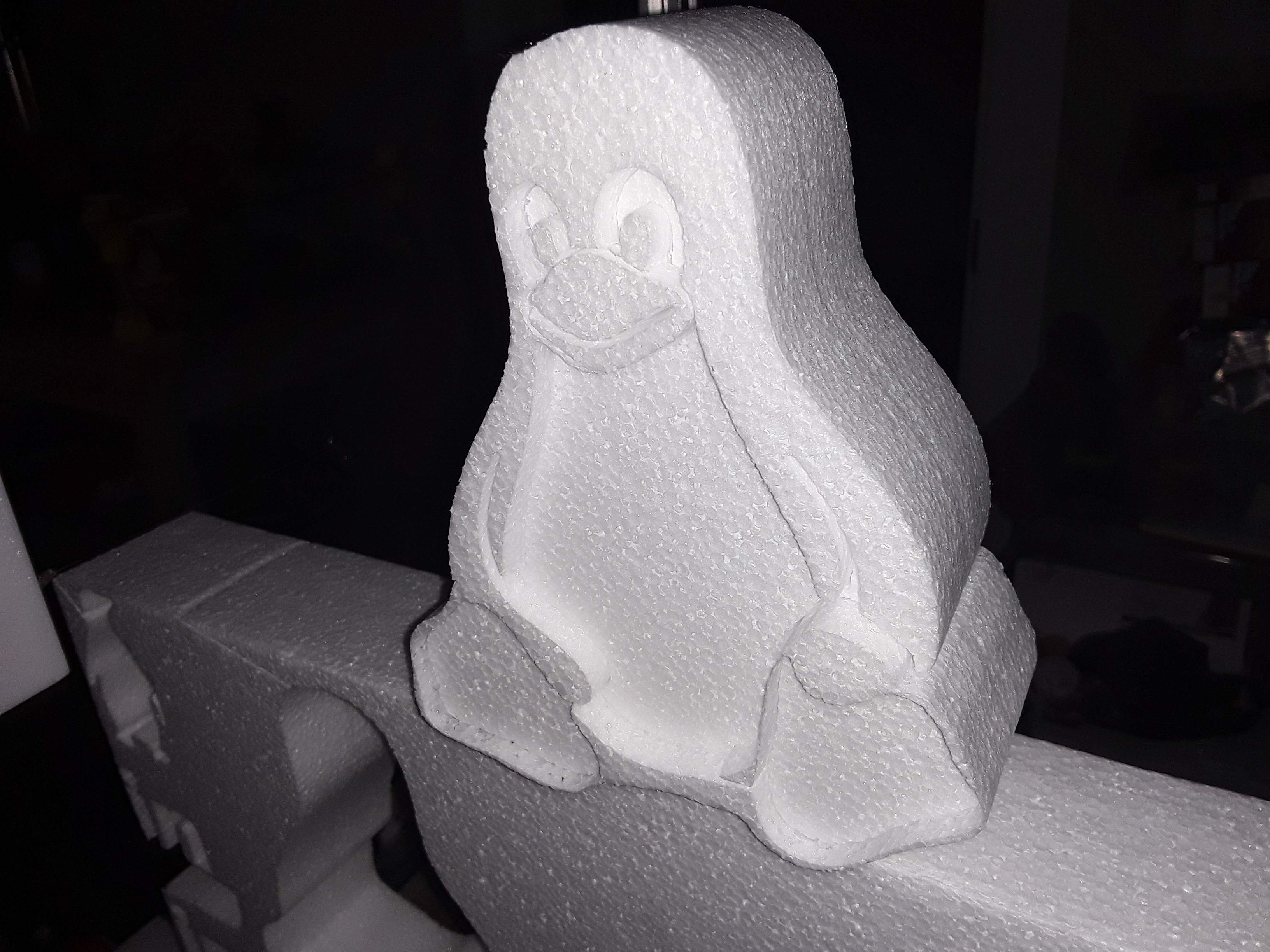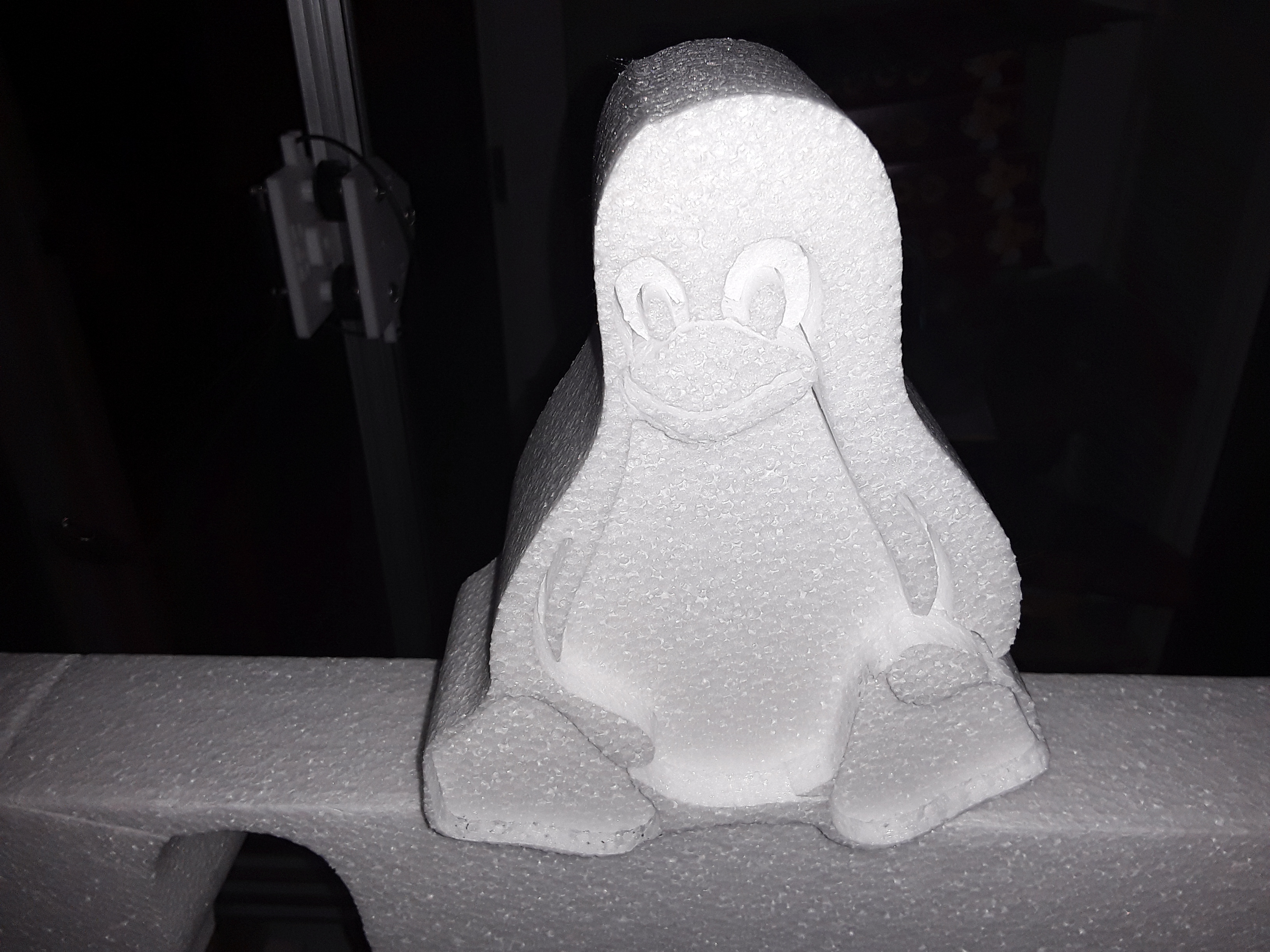I probably should have qualified my comments, in that I am cutting film occasionally for my own planes, not trying to compete with Callie graphics! While I have to agree with the guy in the video, and others mentioned that vinyl decomposition products aren't "nice", I view my usage as not nearly as intensive as that which was corroding the machines. I noted that in the video, it appeared to be an enclosed cabinet which would concentrate the vapors even with ventilation. Also, anyone cutting pvc pipe or vinyl fabric will be generating a couple orders of magnitude more HCl than a .1mm thick film. My total time to run a set of N numbers and a logo/name is no more than a couple of minutes, and that not continuous cutting. I do use a shop vac to suck the smoke right at the cutter to minimize my exposure.
I would not even consider cutting vinyl for a car seat, or piece of upholstery where the machine would be running for many minutes, but am not too concerned about a few minutes cutting thin films once every few weeks with vacuum and filtering in an open machine environment. I was more concerned about the caustic smoke generated when I was engraving wood end grain. Nevertheless, caution is indicated, just as with the laser itself.
Another approach I have used is cutting the numbers from colored packing tape. Same method, but the tape is usually polyester or polypropylene from what I have read. It is tougher to peel and pick the offal with the tape than decal film.





